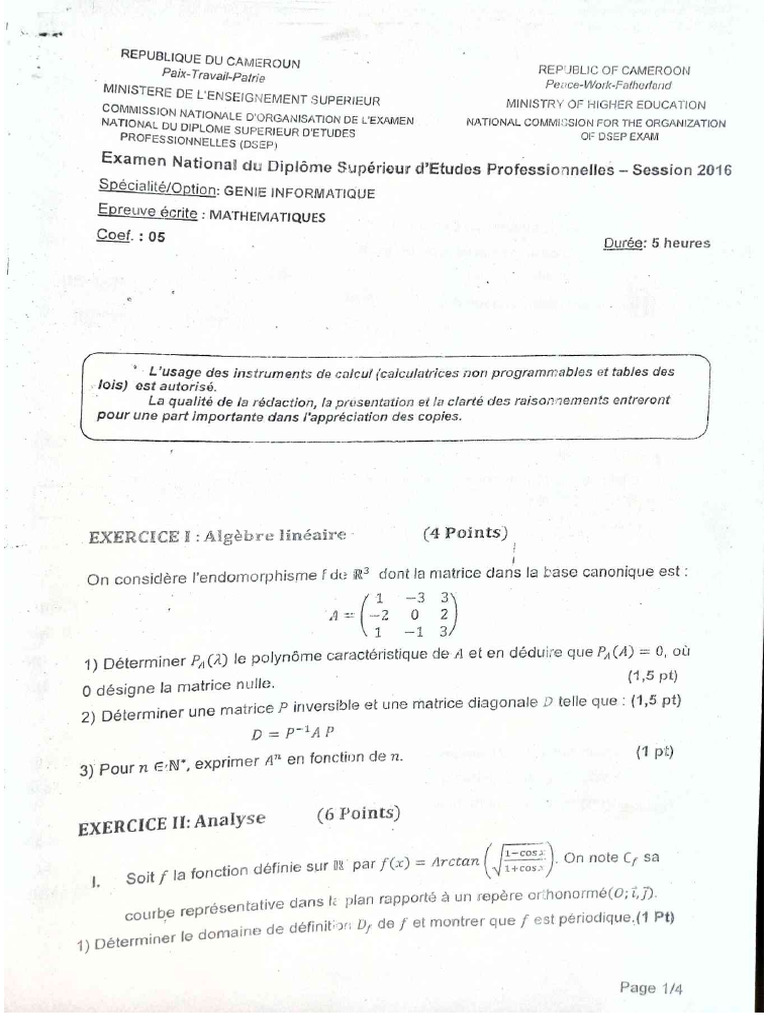Countering Chinese Naval Power: The U.S.'s New Missile Strategy

Table of Contents
The Expanding Reach of Chinese Naval Capabilities
The People's Liberation Army Navy (PLAN) has undergone a dramatic transformation in recent decades, posing a considerable challenge to U.S. naval dominance. This expansion is multifaceted, encompassing both technological advancements and increasingly assertive maritime claims.
Modernization of the PLA Navy
China's naval modernization is breathtaking in its scope and ambition. The PLAN is no longer a coastal defense force; it's a blue-water navy with global ambitions.
- Increased number of vessels: The PLAN boasts a rapidly expanding fleet, including aircraft carriers, destroyers, frigates, submarines, and amphibious assault ships. This sheer volume of vessels increases its ability to project power across vast distances.
- Advanced anti-ship ballistic missiles (ASBMs): The development and deployment of ASBMs, such as the DF-21D and DF-26, represent a significant leap in Chinese naval capabilities. These weapons pose a credible threat to U.S. aircraft carriers and other high-value assets. Understanding the implications of the ASBM threat is crucial for developing effective countermeasures.
- Improved submarine capabilities: China's submarine fleet is becoming increasingly sophisticated, with advancements in stealth technology, nuclear propulsion, and precision-guided weaponry. These improvements significantly enhance China's ability to conduct anti-submarine warfare (ASW) and project power undetected.
- Carrier strike group development: The commissioning of the Type 002 and future Type 003 aircraft carriers marks a crucial step in the PLAN's development of full-fledged carrier strike groups. These groups represent a significant increase in China’s ability to conduct sustained power projection operations.
This rapid Chinese naval modernization, coupled with the expansion of the PLA Navy, represents a significant shift in the global balance of power and necessitates a robust response.
The Assertiveness of China's Maritime Claims
China's increasingly assertive posture in the South China Sea and other disputed waters is another key aspect of the challenge. This assertiveness destabilizes the region and directly impacts U.S. interests.
- Island fortification: China's extensive island-building and fortification activities in the South China Sea have significantly altered the strategic landscape. These artificial islands are being equipped with military installations, including runways, radar systems, and missile batteries.
- Maritime militia activities: China's use of maritime militia vessels to assert its claims has led to numerous confrontations with neighboring countries. This tactic blurs the lines between civilian and military activities, making it difficult to respond effectively.
- Disregard for international law: China's disregard for international law, specifically the United Nations Convention on the Law of the Sea (UNCLOS), undermines the global rules-based order and fuels regional tensions.
- Impact on freedom of navigation: China's actions have raised serious concerns about freedom of navigation and overflight in vital international waterways, impacting global trade and security.
Addressing China's maritime assertiveness in the South China Sea and elsewhere is critical to maintaining stability and upholding international law.
Key Pillars of the U.S. Missile Strategy to Counter China
The U.S. is adapting its military strategy to counter the growing threat posed by the Chinese navy. This involves several key pillars:
Distributed Lethality
Distributed lethality is a key tenet of the U.S. strategy. It focuses on dispersing firepower across a wider range of platforms, making it significantly harder for adversaries to neutralize U.S. forces using anti-access/area denial (A2/AD) capabilities.
- Long-range precision strikes: Investing in long-range, precision-guided munitions allows U.S. forces to engage targets from greater distances, reducing their vulnerability to enemy fire.
- Increased survivability: By spreading out its forces and assets, the U.S. improves their survivability against enemy attacks. This reduces the concentration of forces that are vulnerable to A2/AD strategies.
- Smaller, more mobile platforms: The emphasis is shifting towards smaller, more mobile platforms like littoral combat ships and unmanned systems. This makes them harder to detect and target.
- Leveraging of allies and partners: Working closely with allies and partners in the region strengthens the overall network of capabilities and expands the reach of U.S. power projection.
Investment in Long-Range Precision Missiles
The development and deployment of advanced long-range precision missiles are critical to deterring Chinese aggression.
- Hypersonic missile development: The U.S. is investing heavily in the research and development of hypersonic weapons, which are capable of traveling at speeds exceeding five times the speed of sound. These weapons pose a significant challenge to existing missile defense systems.
- Cruise missile upgrades: Existing cruise missile systems are being upgraded with improved guidance systems, longer ranges, and greater precision.
- Improved targeting systems: Advanced targeting systems, incorporating artificial intelligence and improved satellite imagery, are enhancing the accuracy and effectiveness of long-range strikes.
- Integration with other platforms: These missiles are being integrated with various platforms, including ships, aircraft, and submarines, to provide flexible response options.
Strengthening Alliances and Partnerships
The U.S. recognizes the importance of collaboration with allies and partners in the Indo-Pacific region to counter China's naval power effectively.
- Joint military exercises: Regular joint military exercises enhance interoperability and coordination among allied forces. This creates a stronger combined military capability in response to threats.
- Intelligence sharing: Sharing intelligence improves situational awareness and enhances the effectiveness of coordinated responses.
- Combined operations: Conducting combined operations strengthens regional security and sends a clear message of deterrence to potential adversaries.
- Equipment interoperability: Ensuring interoperability of equipment and systems among allied forces simplifies coordination and increases effectiveness.
Challenges and Limitations of the U.S. Missile Strategy
While the U.S. missile strategy offers a strong counter to Chinese naval power, it faces significant challenges:
The Cost of Modernization
Modernizing and upgrading missile systems is an expensive undertaking.
- Budgetary constraints: The substantial cost of developing and deploying new missile systems can strain defense budgets, creating challenges for funding other critical priorities.
- Competing priorities: The need to balance resources across various defense programs creates competition for funding, potentially slowing down the pace of modernization.
- Need for sustained investment: Maintaining technological superiority requires sustained and significant investment over the long term, which can be difficult to guarantee in a changing political climate.
Technological Competition
The technological competition with China is fierce and dynamic.
- The need for continuous innovation: The U.S. must continually innovate and develop new technologies to stay ahead of Chinese advancements.
- Countering Chinese technological advancements: China's rapid technological progress requires the U.S. to adopt agile development processes and prioritize strategic investments.
- Potential for an arms race: The ongoing competition risks escalating into a potentially destabilizing arms race, requiring careful diplomacy and strategic restraint.
Conclusion
The U.S.'s new missile strategy represents a crucial element in countering Chinese naval power. By embracing distributed lethality, investing in long-range precision missiles, and fostering strong alliances, the U.S. aims to deter Chinese aggression and maintain regional stability. However, challenges remain, demanding sustained investment and technological innovation. Understanding the complexities of this strategy is critical for navigating the evolving security landscape in the Indo-Pacific. To stay informed about the latest developments in countering Chinese naval expansion and the U.S.'s response, continue researching and following expert analysis on this crucial topic. The future of regional stability hinges on effective strategies for countering Chinese naval dominance.

Featured Posts
-
 Red Carpet Glam Michael B Jordan And Hailee Steinfeld At The Sinner Premiere
May 28, 2025
Red Carpet Glam Michael B Jordan And Hailee Steinfeld At The Sinner Premiere
May 28, 2025 -
 Ver 15 Minutos De Paw Patrol Piratas Rescates En Espanol You Tube
May 28, 2025
Ver 15 Minutos De Paw Patrol Piratas Rescates En Espanol You Tube
May 28, 2025 -
 Sinner Returns To Tennis Hamburg Tournament On His Schedule
May 28, 2025
Sinner Returns To Tennis Hamburg Tournament On His Schedule
May 28, 2025 -
 Tyrese Haliburton Picks Knicks Vs Pacers Game 3 Predictions And Best Bets
May 28, 2025
Tyrese Haliburton Picks Knicks Vs Pacers Game 3 Predictions And Best Bets
May 28, 2025 -
 Padres Vs Astros A Deep Dive Into The Series Prediction
May 28, 2025
Padres Vs Astros A Deep Dive Into The Series Prediction
May 28, 2025
Latest Posts
-
 Btss Reunion Teaser Interpreting The Hints Of A Return
May 30, 2025
Btss Reunion Teaser Interpreting The Hints Of A Return
May 30, 2025 -
 The Bts Reunion Teaser A Deep Dive Into Comeback Clues
May 30, 2025
The Bts Reunion Teaser A Deep Dive Into Comeback Clues
May 30, 2025 -
 Epreuves Bts 2025 Dates Cles Et Calendrier Des Resultats
May 30, 2025
Epreuves Bts 2025 Dates Cles Et Calendrier Des Resultats
May 30, 2025 -
 Bts 2025 Quand Auront Lieu Les Examens Et La Sortie Des Resultats
May 30, 2025
Bts 2025 Quand Auront Lieu Les Examens Et La Sortie Des Resultats
May 30, 2025 -
 Bts Reunion Teaser What Does It Mean For A Comeback
May 30, 2025
Bts Reunion Teaser What Does It Mean For A Comeback
May 30, 2025
